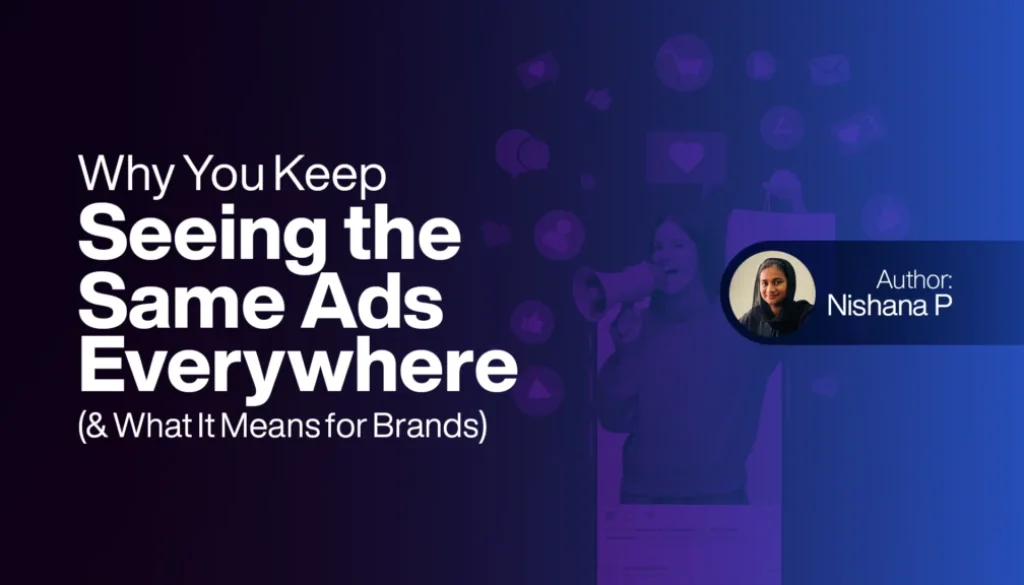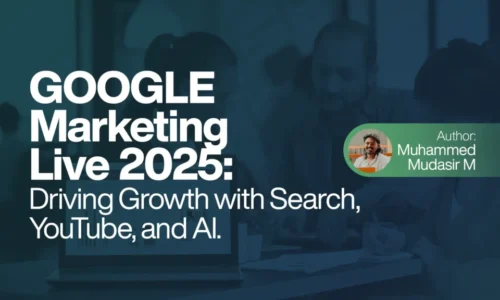Why You Keep Seeing the Same Ads Everywhere (And What It Means for Brands)
Ever feel like the internet is reading your mind? You check out a pair of shoes once, and suddenly, they’re following you across every website and social media platform. No, it’s not a coincidence—it’s retargeting at work.
Retargeting (or remarketing) is how brands stay in front of potential customers who’ve shown interest in their products but haven’t made a purchase yet. It’s a smart advertising strategy that keeps businesses on your radar, sometimes to the point of feeling inescapable. But how does it actually work, and what does it mean for brands trying to win customers’ attention? Let’s break it down.
Table of Contents
How Retargeting Works: A Digital Trail That Follows You
Every time you visit a website, your activity leaves a digital footprint—thanks to tiny bits of code called cookies or tracking pixels. When you browse a product but don’t buy it, these trackers signal ad platforms like Google, Facebook, or Instagram to show you that exact product again.
Think of it as a reminder system. Brands don’t want to lose a potential sale just because you got distracted. Retargeting ads nudge you to reconsider, keeping their product fresh in your mind.
Why Brands Invest in Retargeting
For businesses, retargeting is a powerful tool because:
- It targets warm leads, not strangers – Unlike broad advertising, which reaches random people, retargeting focuses on users who already have an interest in the brand.
- It increases conversion rates – Studies show that customers often need multiple touchpoints before making a purchase. Retargeting helps speed up that process.
- It’s cost-effective – Instead of spending big on mass advertising, brands can focus their budget on people more likely to buy.
When Retargeting Becomes Too Much
While retargeting is smart marketing, there’s a fine line between being helpful and being annoying. If you see the same ad too often, it can feel invasive, making you less likely to engage with the brand. This is why businesses need to balance frequency and ad personalization.
Thankfully, most ad platforms allow brands to limit how often a person sees an ad, reducing the risk of ad fatigue.
The Future of Retargeting: What’s Changing?
With increasing privacy regulations and the phasing out of third-party cookies, brands are adjusting how they retarget customers. Many are shifting to:
- First-party data – Using their own customer data (email lists, purchase history) instead of relying on third-party trackers.
- AI-driven personalization – Instead of bombarding users with the same ad, brands are using AI to show different content based on browsing behavior.
- Contextual advertising – Placing ads based on the content of a webpage rather than individual user data.
Retargeting isn’t going away, but it’s evolving. The goal remains the same: keeping potential customers engaged—without crossing the line into being intrusive.
Final Thoughts
The next time you notice an ad following you around, you’ll know why—it’s not magic, just smart marketing. For brands, retargeting is an essential strategy to stay top-of-mind, but success lies in striking the right balance. The best campaigns feel helpful, not overwhelming.
So, whether you’re a marketer fine-tuning your ad strategy or a consumer wondering why those sneakers won’t leave you alone, understanding retargeting makes the online ad world a little less mysterious.
Author Info
Nishana, a Digital Marketing Freelancer in Malappuram.
Learner of CDA Digital Marketing Institute in Kozhikode, Kerala.



